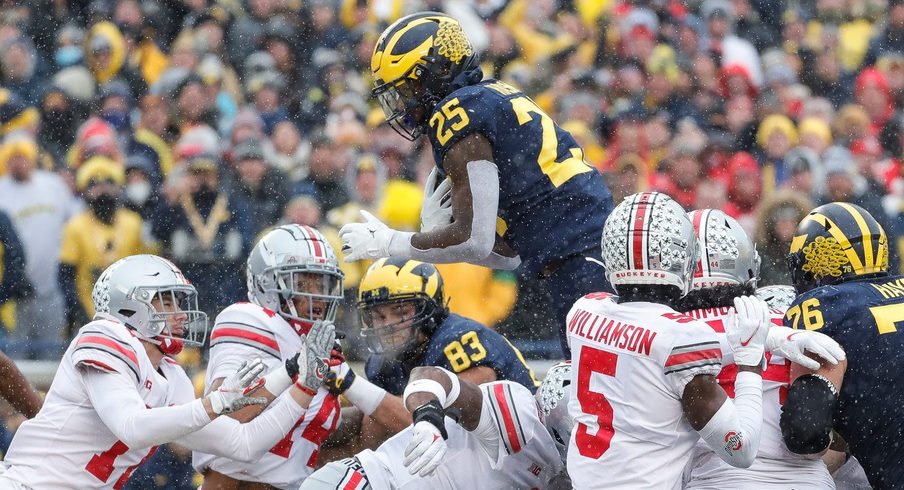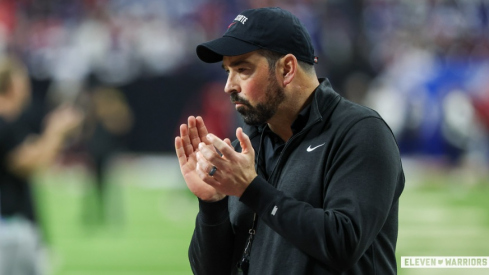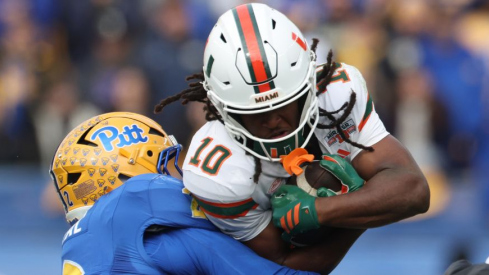Prior to this season, there was a reasonable amount of concern about Ohio State's defense, but almost all of the consternation was focused on a secondary that had been vulnerable at critical times against teams with high-powered passing attacks.
Instead, as has become apparent in Ohio State's two losses in 2021, the Buckeye rushing defense probably deserved a lot more attention than it got.
In the second game of the season, the Oregon Ducks ate up giant chunks of time and yardage by handing off to CJ Verdell. Unable to get off the field on third and short, the Buckeyes ceded 161 yards rushing to Verdell and 269 yards on the ground overall, as the Ducks forced Ohio State to play catchup against a rapidly shrinking clock as much as their defense. The Buckeyes lost that game 35-28, but their inability to stop the run made it feel much worse than the score indicated.
| OREGON | MICHIGAN | |
|---|---|---|
| ATTEMPTS | 38 | 41 |
| YARDS | 269 | 297 |
| YPC | 7.08 | 7.2 |
After that game, Ryan Day made a number of changes on the defensive side of the ball, moving Kerry Coombs to the coaching booth and giving playcalling responsibilities to Matt Barnes. Statistically, things improved almost immediately. In their next nine games, Ohio State never ceded more than 113 rushing yards in a game, allowing opponents only 2.55 yards per carry. This included clamping down on one of the best running backs in America, Michigan State's Kenneth Walker III, allowing him only 23 yards on seven carries as they blew out Sparty.
The rushing defense abandoned Ohio State on Saturday. In a result reminiscent of the Oregon game, the Buckeye defensive line was repeatedly blown off the line of scrimmage as linebackers failed to make critical stops on third down. Hassan Haskins alone had 169 yards rushing, but Michigan racked up 297 yards on the ground in total via a gameplan that stuck to the ground-and-pound recipe which has brought them success all season. Like the Ducks, the Wolverines significantly shortened the game, forced Ohio State to play from behind, and punished them late.
Being unable to stop Verdell in September was a problem for Ryan Day and company, but being unable to stop Haskins in November means that the Buckeyes will be watching the Big Ten Championship Game from home for the first time since 2016.


